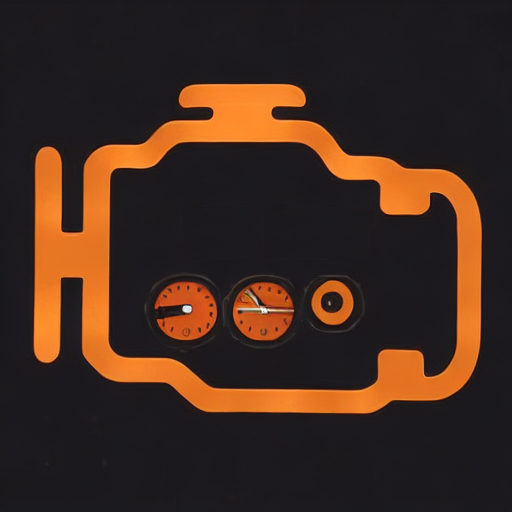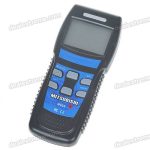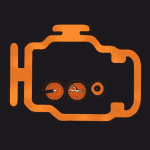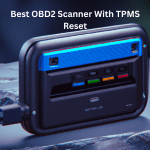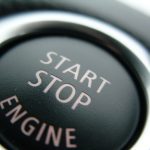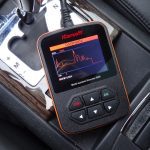Table of Contents
- Key Takeaways
- Benefits of Using an OBD2 Scanner
- Step-by-Step Guide to Using an OBD2 Scanner
- Common FAQs About OBD2 Scanners
- Conclusion
In the ever-evolving world of automotive diagnostics, the OBD2 scanner has emerged as an indispensable tool for vehicle owners and mechanics. With its ability to provide real-time data on engine performance, identify potential issues, and monitor emissions, the OBD2 scanner has revolutionized the way we diagnose and maintain our vehicles.
In this comprehensive guide, we will take you through a step-by-step journey on effectively using an OBD2 scanner, addressing common FAQs along the way. Get ready to unlock the full potential of this powerful diagnostic tool.
Key Takeaways
- OBD2 scanners provide real-time data on engine performance.
- They are compatible with most vehicles manufactured after 1996.
- OBD2 scanners have standardized OBD2 ports.
- These scanners can read and clear diagnostic trouble codes (DTCs), display live data streams, and perform system tests.
Benefits of Using an OBD2 Scanner
One of the key advantages of utilizing an OBD2 scanner is that it provides real-time data on engine performance, allowing users to monitor and address potential issues promptly.
OBD2 scanners are compatible with most vehicles manufactured after 1996, as they are equipped with the standardized OBD2 port. OBD2 scanners come with various features and functions, such as reading and clearing diagnostic trouble codes (DTCs), displaying live data streams, and performing system tests.
By connecting the scanner to the OBD2 port and establishing a connection, users can access valuable information about their vehicle’s engine performance, fuel efficiency, and emission levels. This enables proactive maintenance and timely repairs, saving time and money on unnecessary repairs and ensuring the vehicle functions optimally.
OBD2 scanners are essential tools for both professional technicians and DIY enthusiasts, providing valuable insights into the vehicle’s health and performance.
Step-by-Step Guide to Using an OBD2 Scanner
To use an OBD2 scanner effectively, plug it into the OBD2 port and follow the scanner’s prompts to establish a connection. This step-by-step guide ensures that the scanner is used correctly, allowing for accurate diagnostic readings.
However, there may be instances when troubleshooting is required due to compatibility issues with certain vehicles. It is important to check the scanner’s compatibility with the vehicle’s make and model before use. Troubleshooting compatibility issues may involve updating the scanner’s software or using an alternative scanner that is compatible with the vehicle.
By following the correct procedures and addressing any compatibility issues, users can effectively utilize an OBD2 scanner to diagnose and resolve potential engine issues, saving time and money on unnecessary repairs.
Common FAQs About OBD2 Scanners
Among the frequently asked questions about OBD2 scanners, one common query is whether these scanners can reset the check engine light. The answer to this question is yes, most OBD2 scanners have the capability to reset the check engine light. However, it is important to note that simply resetting the light does not fix the underlying issue that caused it to come on in the first place.
To effectively troubleshoot and resolve the problem, it is recommended to follow these OBD2 scanner troubleshooting tips:
- Retrieve and interpret the diagnostic trouble codes (DTCs) – These codes provide valuable information about the specific issue affecting your vehicle.
- Research and understand the meaning of the DTCs – This will help you identify the root cause of the problem and determine the necessary steps for repair.
- Address the underlying issue – Once you have identified the problem, take appropriate measures to fix it. This may require professional assistance or DIY repairs, depending on the complexity of the issue.
Conclusion
In conclusion, the OBD2 scanner has transformed the way we diagnose and maintain our vehicles, providing real-time data on engine performance and identifying potential issues.
By following the step-by-step guide outlined in this article, you can effectively use an OBD2 scanner to diagnose and troubleshoot your vehicle.
Additionally, addressing common FAQs about OBD2 scanners ensures a comprehensive understanding of their capabilities.
Harness the power of the OBD2 scanner to keep your vehicle running smoothly and efficiently.

